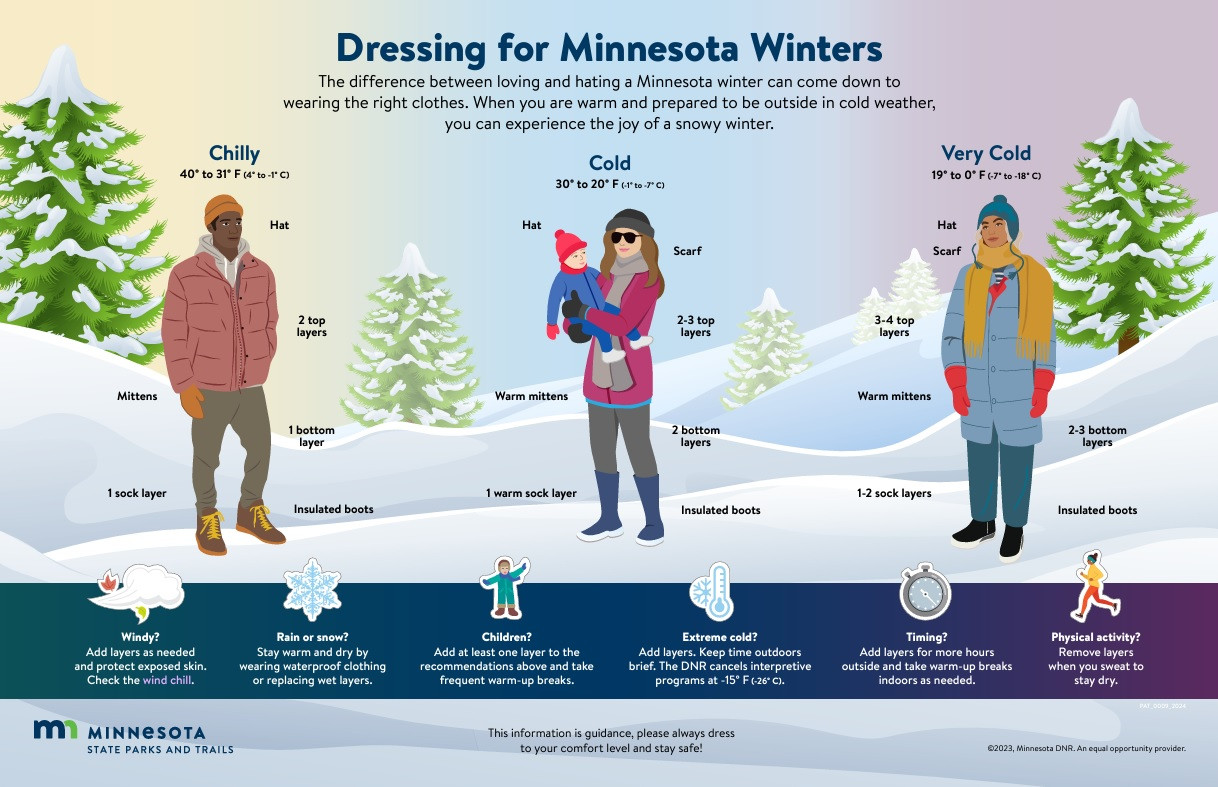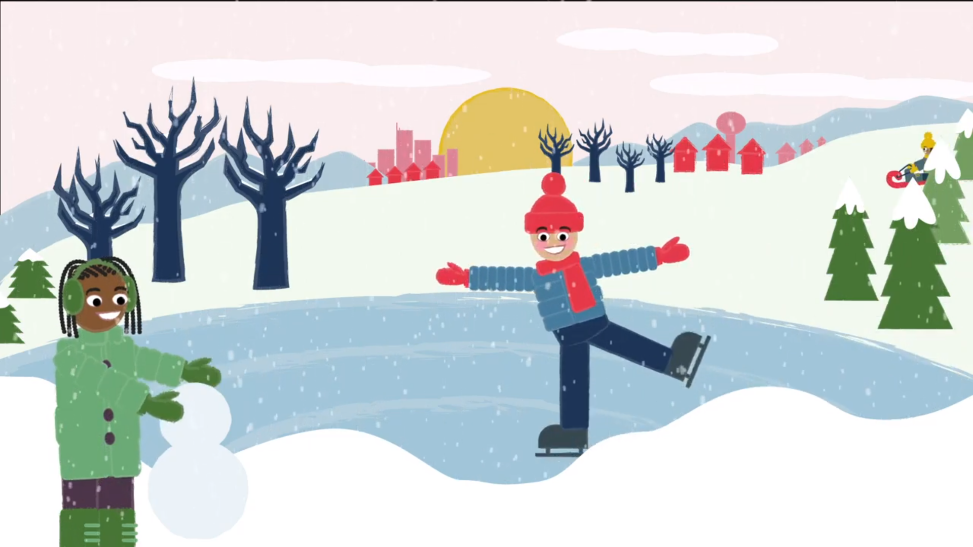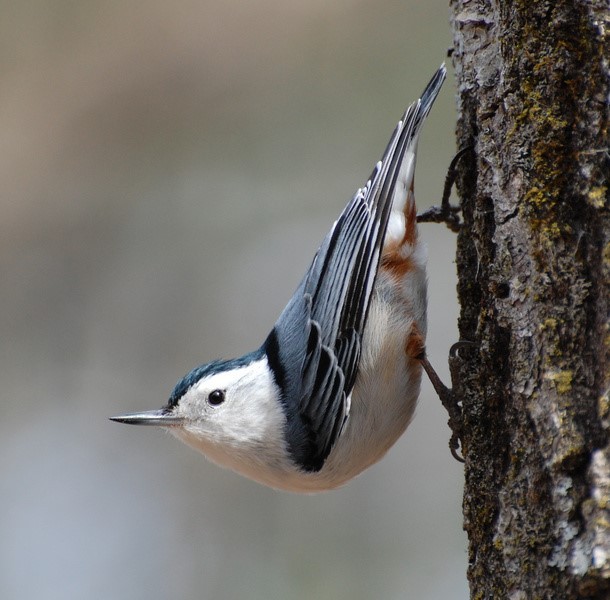10. Make sure seed is accessible and dry. Hopper or tube feeders are good at protecting seed from wet weather. Sweep snow off of platform feeders, or clear a place on the ground where you can scatter seed for ground-feeding species such as sparrows, towhees, juncos, and doves.
9. Make a windbreak. Make a windbreak using your old Christmas tree or the remains of a brush pile. Consider planting shrubs next to your feeders where the birds can rest out of the wind and escape from predators. Consider clearing a small area of snow off the ground to scatter seed if it's too soft to support their weight.
8. Keep extra feeders for use in bad weather. We keep an extra-large-capacity tube feeder in the garage for use when nasty weather comes. It not only gives the birds another place to eat, which means more birds can eat at one time, but it also cuts down on our trips outside for refilling the feeders. Other extras to consider having: peanut feeder, suet feeder, satellite feeder (for the small birds to use), and a hopper feeder.
7. Scatter seed in sheltered places. Not all birds will venture to your feeder. Some species prefer to skulk in the thickets, brambles, and other secure places. For these species, consider scattering some seed (black-oil sunflower, sunflower bits, peanut bits, mixed seed) under your deck, in your hedges and bushes, or even along the edge of a wooded area. Dark-eyed juncos especially prefer to feed on food scattered on the ground along with tree sparrows and white-throated sparrows.
6. Put out high-energy foods such as suet, meat scraps, and peanut butter. Fat gives the biggest energy boost to winter birds and without enough energy to keep them going, many songbirds would not survive a cold winter night. Suet (the fat removed from processed beef), meat scraps, and peanut butter all provide fat to birds that eat them. If you don't have a suet feeder, use a mesh onion bag. Suspend it from a tree branch or iron feeder hook. To feed peanut butter, drill one-inch holes in a foot-long section of a small log. Insert a screw eye into one end of the log. Smear peanut butter into the holes and suspend the feeder from the screw eye. And, no, peanut butter will not stick to the roof of a bird's bill and choke it to death.
5. Use a birdbath heater wisely. A water heater can keep your birdbath open in the coldest of weather, which is good but place several large rocks in your bath so there is not enough room for a bird to bathe, but still plenty of places for a thirsty bird to get a drink. When the weather warms up you can remove the rocks and let your birds get on with their hygiene.
4. Offer mealworms in a heavy dish or small crock. Use a heavy dish so the wind can't blow the worms and dish away. This is a high protein snack that many birds enjoy and can be found in most feed stores. They are relatively expensive so use them sparingly on the coldest days or in the spring when an unexpected cold snap can leave migrants without much to eat.
3. Furnish your bird houses. Imagine you're a bird roosting in a nest box on a cold winter's night. Wouldn't it be nice to snuggle down into some dried grass or dry wood shavings in the bottom of the house? Layer three to four inches of clean dry meadow grass in the bottom of bluebird boxes after the last nesting of the summer. Wood shavings work well, too. Don't use sawdust, however; it can retain moisture once wet, which does not help the birds keep warm.
2. Plug the air vent holes in your bird houses with removable weather stripping. We use the claylike weather stripping that comes in a roll (Moretite is one brand) to plug the air vent holes in our bird houses. Good ventilation is necessary on a scorching summer day, but it's a real liability for birds seeking winter shelter. Think how cozy the birds will be in a well-sealed house.
1. Be ready for big changes in weather. If you keep abreast of the weather developments you'll know when bad weather is coming, and you'll be able to stock up on seed, suet, and other goodies. You can also be ready to take on some of the activities listed above. Conversely, when the weather breaks, take advantage by cleaning and disinfecting your feeders (one part bleach to nine parts hot water). Whatever you do, don't let yourself be caught totally unprepared for harsh winter weather.



